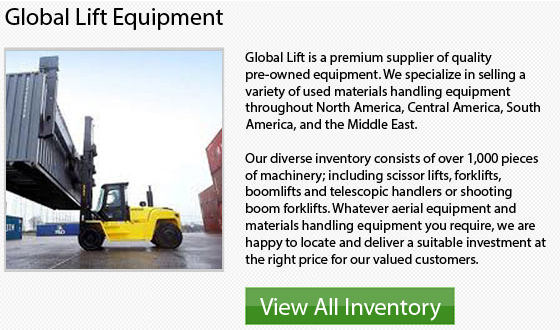
Forklift Basics
Forklifts are very versatile equipment. The equipment are normally small vehicles with many attachments that enable it to move and lift loads. Warehouses and factories all over the globe will use forklifts. The operator of a forklift needs to acquire special training, specially since these kinds of equipment work on rear-wheel drive and this could be very hard to get used to until one is familiar with it. As the forklift carries its load at the front, the center of gravity is continually shifting and this results in the machine being frequently unstable.
Parts
Normally, a forklift operator usually sits in an area known as the "cat." This area provides metal protection that stretches overhead similar to a roof. On the front of the machine, the mast is located. The mast is the mechanism that raises and lowers the load with the use of hydraulic cylinders.
Forklift Components
It is always a good idea to check the internet and the local area phone directory when searching for remanufactured forklift parts and aftermarket forklift components information. Many places provide a full variety of forklift parts, forklift accessories and support products.
Structural Components
The overhead guard is part of the top portion of the forklift, while the foot guard separates the load from the cabin. A counterweight is located at the forklift's back and is installed there in an effort to keep the machinery from falling over.
The tines and Apron
The load apron is usually responsible for keeping the load positioned correctly on the metal arms, or forks, cradle the load. The tines are capable to be tilted in an effort to balance the cargo. This is accomplished using the hydraulic hoist arm and the tilting ram which powers the upward fork movement.
The Lift Structure
The load apron guard extends above the apron. It functions to keep the cargo balanced when the tines carry it along the track of the arms of the upright.
Mechanics
The internal engine on the forklift allows power to be sent to the wheels of the equipment. This is what moves the forklift. The wheels have brakes installed in order to enable the driver the chance to slow down or stop the machinery as needed.
Controls
The lift is operated using hoist controls which look like a bunch of stick-shaped levers. The forklift is driven by using the steering wheel to turn, like a car or truck.
Load Rating Plate
The specific safety rating plate is bolted inside of the cabin. This load rating plate details the weight limitations for each particular forklift.